CHAPTER NINE
Northern Australia Quarantine Strategy (NAQS) and exotic diseases
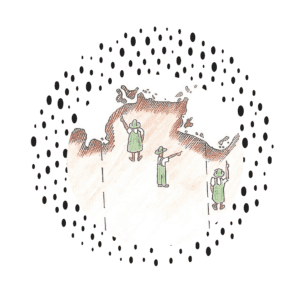
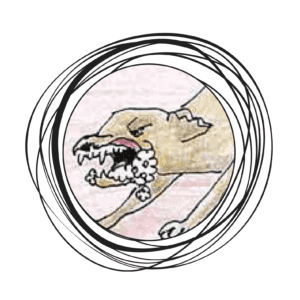
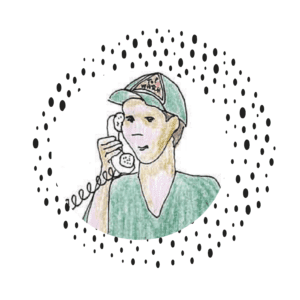
What are exotic diseases?
Exotic diseases are animal sicknesses that are not found in Australia.
Some of these exotic diseases are found in countries close to Australia, like East Timor, Indonesia and Papua New Guinea.
Because they are so close, they could come to our northern coastline quite easily.
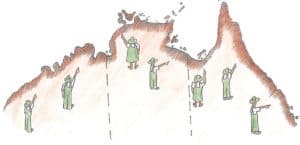
NAQS works with Indigenous ranger groups in the coastal areas of Western Australia, Northern Territory and Queensland, to protect Australia’s biosecurity. The rangers are trained about the diseases they need to keep watch out for in these areas, and report to the government about any strange sickness in animals and plants.
NAQS has government vets, scientists and other support staff based in Broome, Darwin, Cairns and throughout the Torres Strait. They work with local rangers and check animals and plants for exotic diseases.
Contact details for NAQS can be found in the Useful Contacts section of this resource.
Different state and territory departments also work to stop exotic diseases. In most places, these are the department of primary industry or department of agriculture. Contact details for these departments can be found in the Useful Contacts section of this resource.
How EHPs can help to protect Australia’s biosecurity
As an EHP, you will know what is normal for animals in your community. You are also likely to be one of the people who will notice if something is not normal with animals in your community.
You can help NAQS to protect Australia from exotic animal diseases by:
-
- Knowing about the main exotic diseases that could affect dogs and cats in your community. This chapter talks about these diseases.
- Watching for, and reporting any new or strange sickness in animals in or around the community.
- Collecting maggots from any animal wounds, and reporting them to your vet and local ranger group as soon as possible.
- Talking with the rangers about animal health information, so that they can include the information in their community animal health reports.
If you see any strange animal sickness, talk to your vet, NAQS or the Emergency Animal Disease Hotline (1800 675 888) straight away!
If you can’t get a hold of your vet, you can contact NAQS directly. Contact details can be found in the Useful Contacts section of this resource.
The rest of this chapter talks about exotic diseases that you, as the EHP, should know about. If you have any questions or worries about these diseases, talk to your vet, local ranger group, AMRRIC or NAQS.
Rabies
Rabies is a very serious disease caused by a virus.
The rabies virus is carried in the spit of infected animals.
Animals and people can catch rabies if they are bitten or scratched by an animal sick with rabies.
In other countries, rabies from dog bites kills many people every year.
Rabies is not yet in Australia. It is on some Indonesian islands near Timor.
There is a possibility that rabies could come to Australia if an infected animal arrives on a boat.
A dog, monkey or cat could carry rabies to Australia and then jump off the boat.
Rabies could spread through wild dogs, cats, dingoes and pigs very quickly if it arrived in Australia. This would be a big health risk for people too.
What sort of sickness does rabies cause?
Once an animal has rabies, they can become very sick.
Rabies virus affects the brain, so animals with rabies start to act strangely.
They might become aggressive, foam at the mouth and try to bite everything.
This is sometimes called “furious” rabies.
When an animal with rabies is showing these types of signs, this is sometimes called “dumb” rabies.
Rabies can kill any mammal, including people, dogs, cats, pigs, horses, cattle, donkeys, buffalo, deer, goats and sheep.
There is no way to cure rabies, so once an animal has started showing signs of rabies, they will always die.
Reporting Rabies
NAQS has rabies on the list of diseases to watch out for.
If you are an EHP working with dogs in Top End coastal areas, you should definitely be aware of rabies.
If you see an animal with signs of rabies you should not go near it. Call your vet, your local ranger coordinator or the Emergency Animal Disease Watch Hotline on 1800 675 888, straight away.
If a human is bitten by an animal that might be sick with rabies:
-
- Immediately wash the bite wound with clean soapy water for at least 5 minutes. Make sure the person goes to the health clinic straight away and tells the nurse or doctor that they have been bitten by an animal that might have rabies.
- Try to identify the animal that bit the person. Try to keep other people and animals away from that animal until NAQS or a vet can assess it.
What sort of sickness does old-world screw-worm fly cause?
An old-world screw-worm fly will lay its maggots next to a wound on an animal or person. The maggots then bury themselves deep into the wound and eat the living flesh of the animal or person.
Because they keep eating the flesh and burrowing deeper and deeper, screw-worm fly maggots can cause big health problems for animals and people.
Reporting old-world screw-worm fly
You can’t tell if a maggot is an old-world screw-worm maggot just by looking at it.
NAQS have maggot collection kits and can test the maggots to see if they are screw-worm fly.
As the EHP, you can speak to your local NAQS veterinarian, government veterinarian or community liaison officer and get a maggot collection kit sent out. Your local ranger group might also have a maggot collection kit that you can use.
If you find maggots in the wound of a living animal, you should collect the maggots and send them to NAQS.
If you hear about maggots in the wound of a person, you could ask the clinic to collect the maggots and contact NAQS for a maggot collection kit.
Surra
Surra is caused by a protozoa called Trypanosoma evansi, that gets into the animal’s blood.
These protozoa are spread when March flies bite animals.
Surra is in most parts of Indonesia and in East Timor, but at this stage, is not in Australia.
It could come to Australia in a live animal that has Surra in its blood.
What sort of sickness does Surra cause?
Surra can affect lots of different animals, including dogs, horses, donkeys, pigs, cattle and buffalo. Kangaroos and wallabies could also catch it.
It usually causes animals to get skinny and very weak.
They might have a fever. They can also have weak blood (anaemia) and white gums.
Horses that get Surra can die very quickly. Dogs that get Surra might stay sick for a long time.
Reporting Surra
Surra is not in Australia. It is one of the diseases NAQS is on the look-out for.
The problem is that many dogs in communities can look like they have Surra, even if they are sick from other sicknesses.
Dogs that are not getting worm medicine, have weak blood from ticks, or might not be being fed well, can look like they have Surra.
If you, as the EHP, know that the dogs are wormed, treated for ticks and fed well, but are still not getting better, they might have Surra.
If you think the animals in your community might have Surra, talk to your vet, the local rangers or NAQS.
Remember!
If you see lots of animals that are sick, dying or showing strange signs, report it to your vet, NAQS or the Emergency Animal Disease Watch Hotline (1800 675 888) quickly!
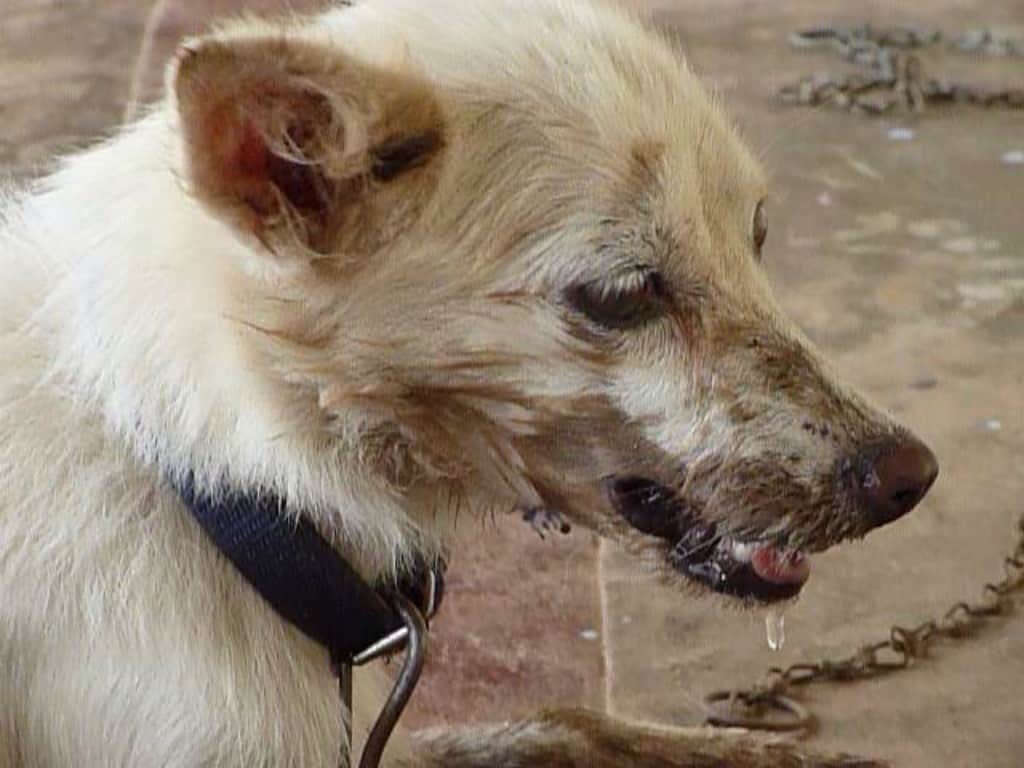
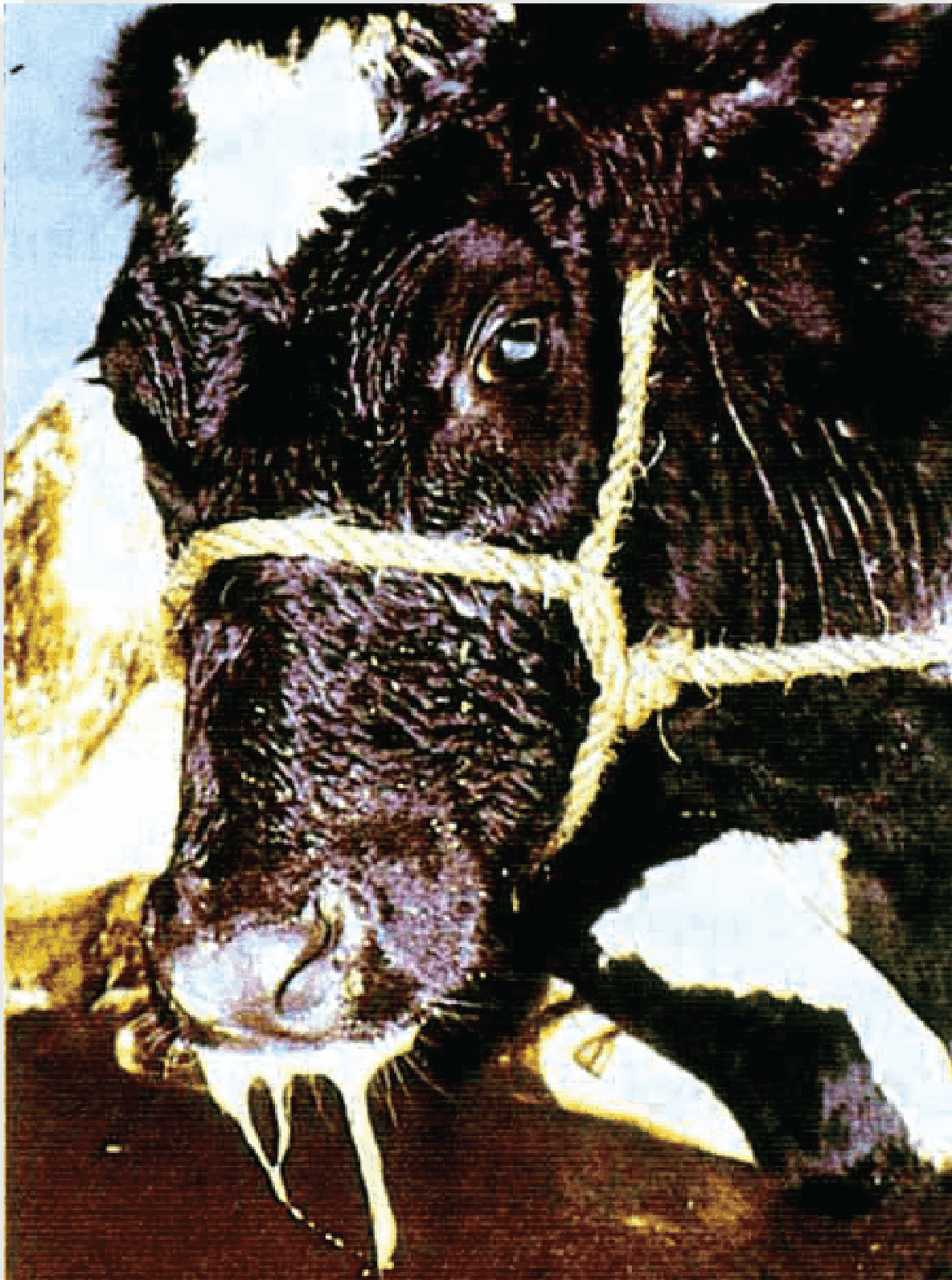


![Microscope picture of Surra protozoa in the blood of a dog. Photo courtesy Rjeibi et al, https://commons.wikimedia.org/wiki/File:Parasite140104-fig2_Surra_(Trypanosoma_ evansi_infection)_in_a_Tunisian_dog.png [accessed 3 December 2019] width=](https://www.amrric.org/wp-content/uploads/2019/12/surra-under-microscope.png)
